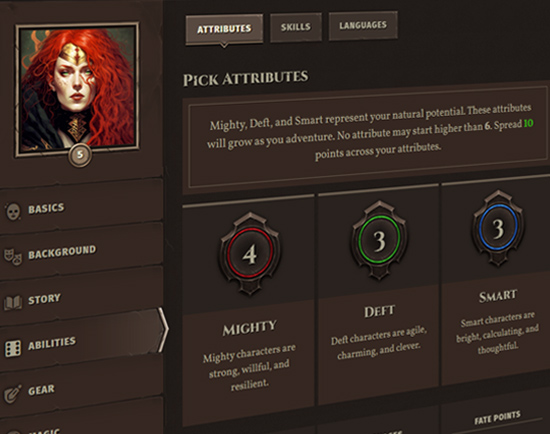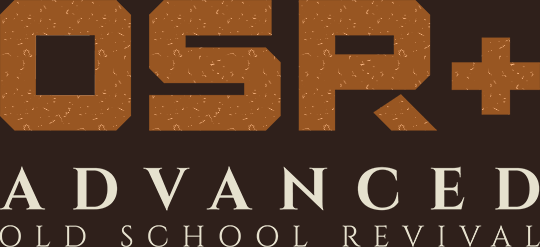Pacing—the sense players have of how fast or slow things are moving in a scene—is often the result of how often you rotate the spotlight.
Rotating the Spotlight
When players explore a scene in real time, it's important to proactively rotate the spotlight, even though the players are the ones driving the exploration. This is to ensure that each player gets a chance to explore the scene and nobody's hogging the spotlight.
If you keep doing this with regularity as players explore scenes, you help Wallflowers actively participate in the game, while keeping Stars under control, and everyone's happy.
Adjusting Pacing on the Fly
If you adjust the length of time the spotlight remains deferred to the players, you can control the pacing of the scene. For example, if the scene's supposed to be frenetic, create a quick alternation from player to player, leaving the spotlight deferred for only long enough for players to declare their actions and then immediately resolve them.
Creating Pressure via Clocks
Clocks are represented as a d6, with each die face representing a segment. You can put pressure on players by establishing a clock before something dramatic happens.
Establish a consequence, and what sort of failure will advance the clock (such as being exposed with risky action) or how much time they have before the clock advances on its own. Typically you want to measure that time in abstract time rather than real time, or switch to encounter mode and measure time in the number of actions PCs take going forward. That being said, we never want to force players to decide quickly, because your PCs are not your players and they deserve to be treated with patience and respect.
The state of the clock can be fully visible to the table, or hidden. Sometimes the mere knowledge that a clock exists is enough to spur the party to action.
 Archetypes
Archetypes Armor
Armor Classes
Classes Conflicts
Conflicts Cultures
Cultures Ethos
Ethos Flaws
Flaws Glossary
Glossary Kits
Kits Maleficence
Maleficence Origins
Origins Shields
Shields Skills
Skills Spells
Spells Stances
Stances Status Effects
Status Effects Tactics
Tactics Talents
Talents Techniques
Techniques Treasure
Treasure Weapons
Weapons











 Hall of Heroes
Hall of Heroes Hall of Legends
Hall of Legends



 Dungeons & Flagons
Dungeons & Flagons